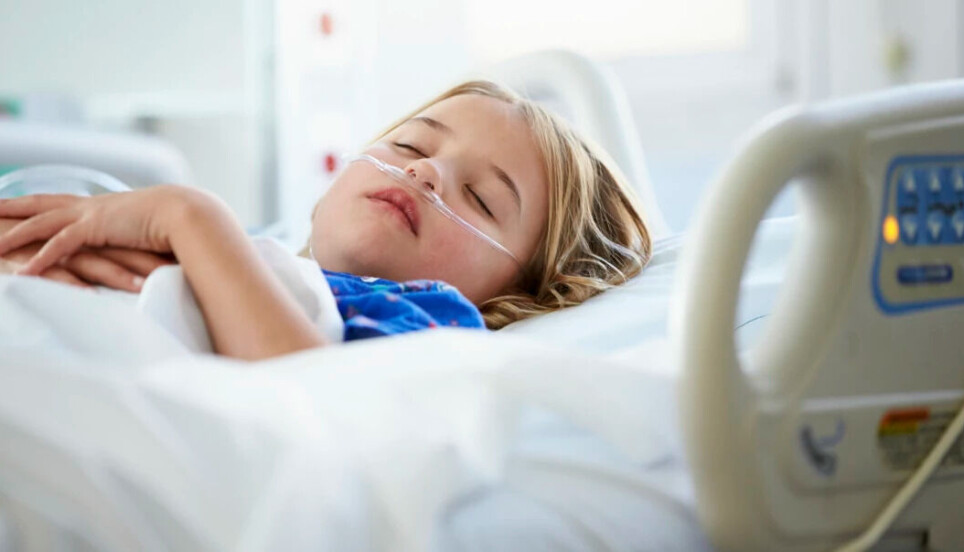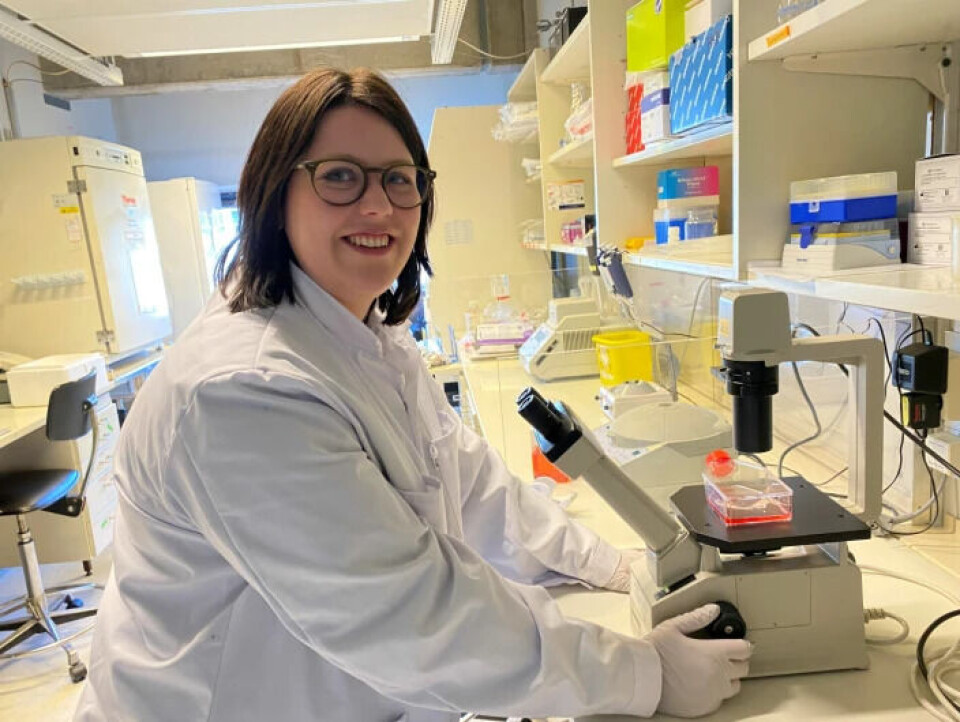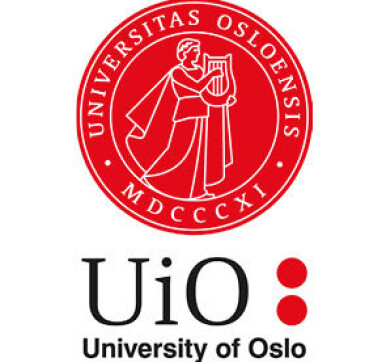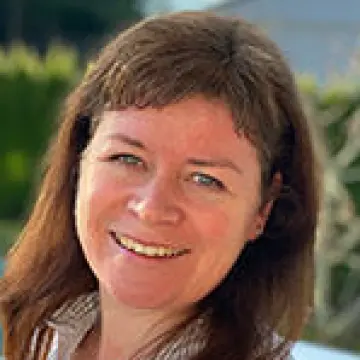THIS ARTICLE/PRESS RELEASE IS PAID FOR AND PRESENTED BY University of Oslo - read more

Well-known medicines can provide better treatment for children with leukemia
By using drugs currently used to treat other diseases, scientists hope they will help children with leukemia suffer fewer long-term aftereffects from their treatment.
The most common type of cancer occurring in children and young people today is acute lymphocytic leukemia. The prognosis for recovery is good. Nine out of ten young people with this diagnosis survive. But the chemotherapy treatment, lasting several years, is gruelling and patients can suffer from serious long-term side-effects.
"Many suffer from fatigue and they may develop problems with memory and learning. Some also suffer from heart failure and hormonal disorders. For this reason, we are trying to find other ways of fighting this type of cancer. Our aim is to be able to reduce the current dosage of today’s chemotherapy," Researcher Nina Richartz at the Department of Molecular Medicine at University of Oslo says.
She and her colleagues have tested different kinds of drugs on mice – drugs that are currently used to combat other conditions. They wanted to find out whether these drugs could enhance the effect of the chemotherapy used to treat leukemia. In addition, they wanted to see whether they could slow down the progression of the disease.
"Some of the drugs we tested were: an agent used to treat paracetamol overdose, an anti-inflammatory medicine and a drug currently used to treat certain kinds of breast cancer," explains Richartz. "And the results of the experiments on mice are promising."

Cancer cells mutate to avoid dying
The aim of the cancer treatment is to stop the cancer cells dividing, or even better, destroy them. One of Richartz’ areas of research is to understand the 'tricks' that cancer cells use to escape destruction – an important factor when it comes to helping the chemotherapy to kill cancer cells more efficiently.
Our body consists of trillions of cells that must continually communicate with one another in order to perform important bodily functions. If the cells cannot communicate in the right way, this can lead to disorders such as cancer, dementia and immunodeficiency diseases.
"One of the important processes that occur in our cells is called autophagy. This process can be compared with the recycling of waste in order to create new products. In the same way, cells get rid of damaged or unnecessary parts of themselves in order to gain new energy. This is normally beneficial for the body. But the cancer cells use this same process to procure the nutrients they need in order to survive and rapidly divide. And we don’t want that to happen. Instead, we want to stop this process so that the cancer cells are more easily targeted by the chemotherapy," Richartz continues.
Looked at how cancer cells send signals to one another
Richartz has therefore studied the communication process in cancer cells which allows them to trigger autophagy.
"We carried out experiments whereby we injected mice with leukemia cells. The experiments showed that the onset of leukemia was delayed in mice when we inhibited what is called the cAMP signalling pathway," reveals Richartz.
These discoveries lead the researchers to believe that leukemia could be treated in several new ways. It usually takes between ten to twenty years to develop new medicines. The good news is that Richartz’ findings mean that it may not be necessary to develop new drugs to combat leukemia more efficiently.
"There are several drugs that already exist and are approved for the treatment of other diseases. Our findings indicate that a number of these could enhance the treatment of children suffering from leukemia," she says.
Drugs can have unwanted effects
The researchers are in close collaboration with doctors who are treating children with leukemia and have discussed the possibility of testing these drugs on the sick children. But so far, they have come to the conclusion that more research must be done using both test tubes and mice before these medicines can be tested on such vulnerable patients.
They are therefore planning more experiments on mice and using cancer cells extracted from children with leukemia. They have access to these cells through their close collaboration with the Children and Youth Clinic at Oslo University Hospital, Rikshospitalet.
The problem is that some of these approved medicines can also cause unwanted effects that must be weighed up against the serious side effects of the chemotherapy.
"Since nine out of ten children and young people survive acute lymphocytic leukemia, careful assessments must be made before doctors would be willing to try out these alternative drugs," says Richartz. "But in any case, we are working towards a common goal: to reduce the negative effects of today’s effective treatment of leukemia."
The research was carried out as part of Richartz’ doctorate. Her supervisor was Heidi Kiil Blomhoff, who has done research on this topic for more than 15 years.
Reference:
Richartz et al. 'cAMP-Mediated Autophagy Promotes Cell Survival via ROS-Induced Activation of PARP1: Implications for Treatment of Acute Lymphoblastic Leukemia', Molecular Cancer Research, vol. 20, 2022. DOI: 10.1158/1541-7786.MCR-21-0652 Abstract.

This article/press release is paid for and presented by the University of Oslo
This content is created by the University of Oslo's communication staff, who use this platform to communicate science and share results from research with the public. The University of Oslo is one of more than 80 owners of ScienceNorway.no. Read more here.
See more content from the University of Oslo:
-
Putin’s dream of the perfect family
-
How international standards are transforming the world
-
A researcher has listened to 480 versions of Hitler's favourite music. This is what he found
-
Researcher: "AI weakens our judgement"
-
New, worrying trend among incels, according to researcher
-
Ship’s logs have shaped our understanding of the sea





































